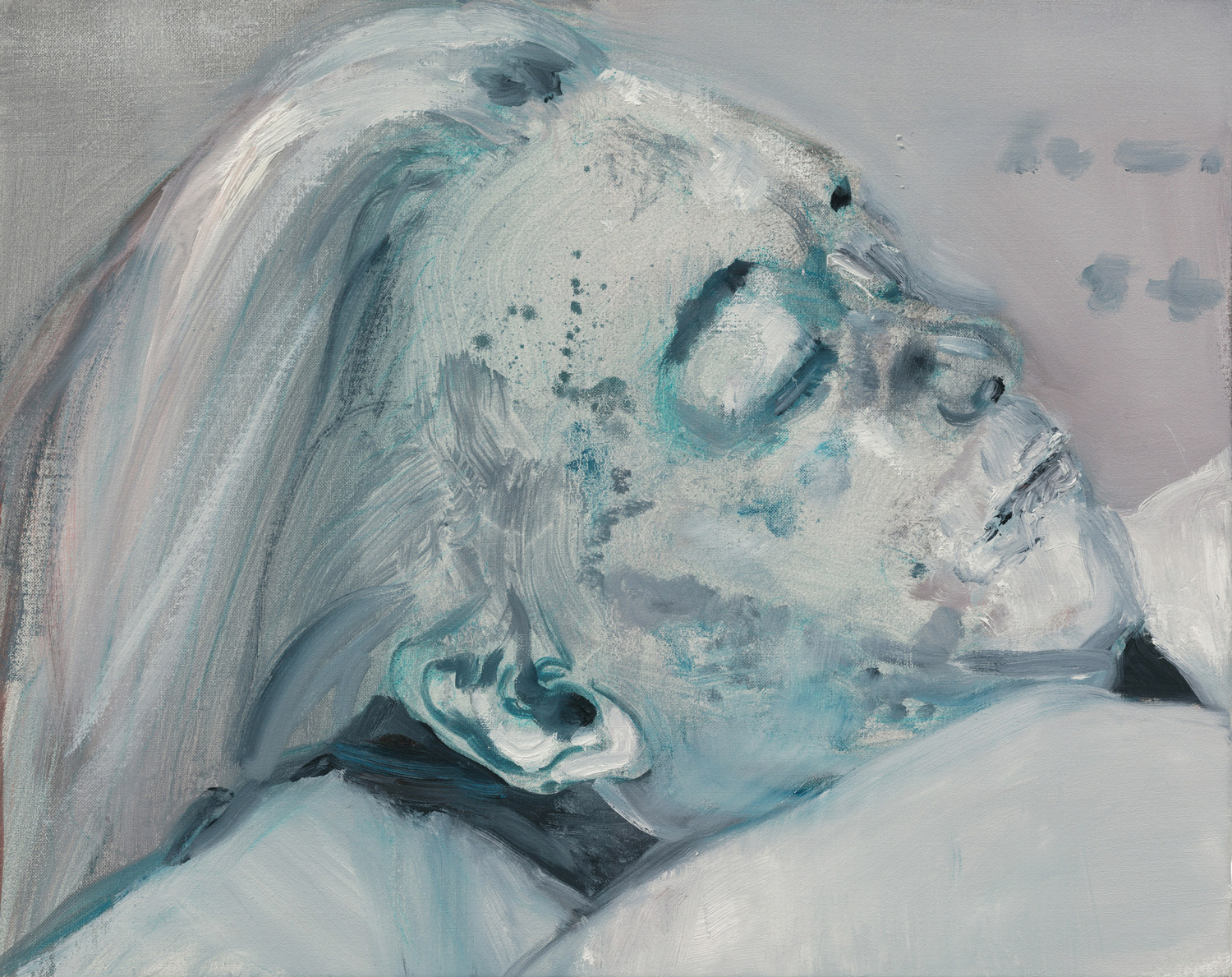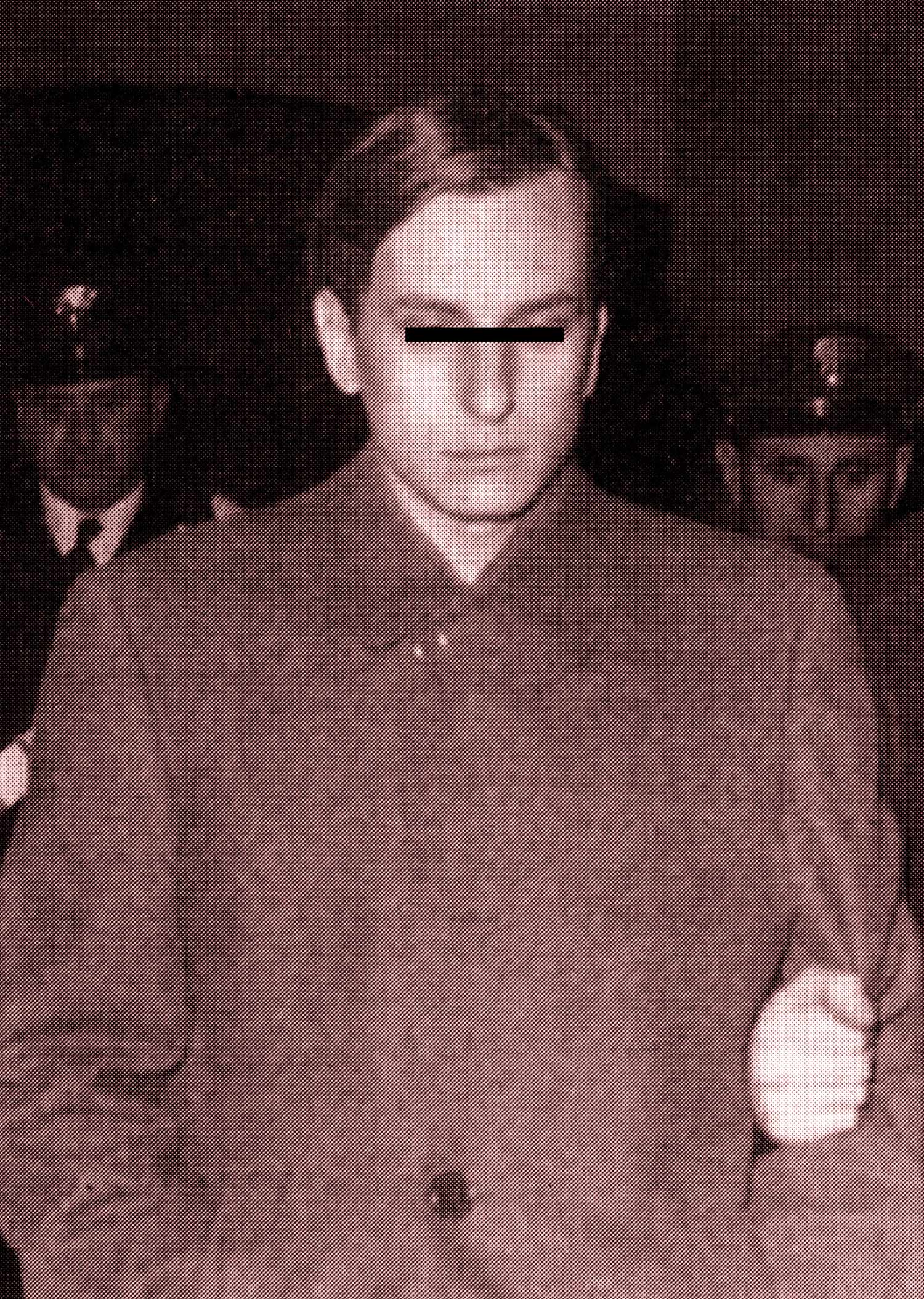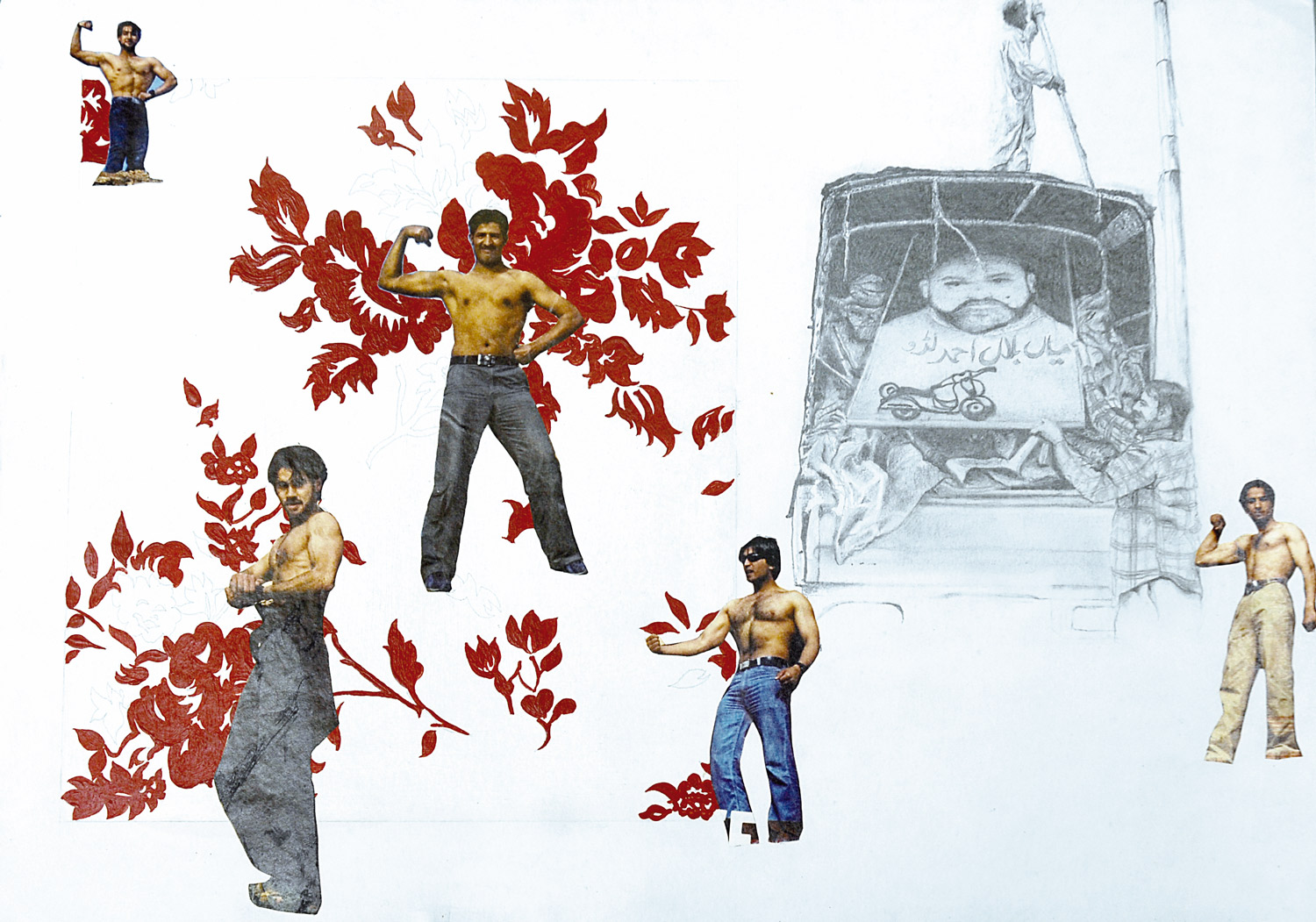Originally published in Flash Art no. 265, March–April 2009.
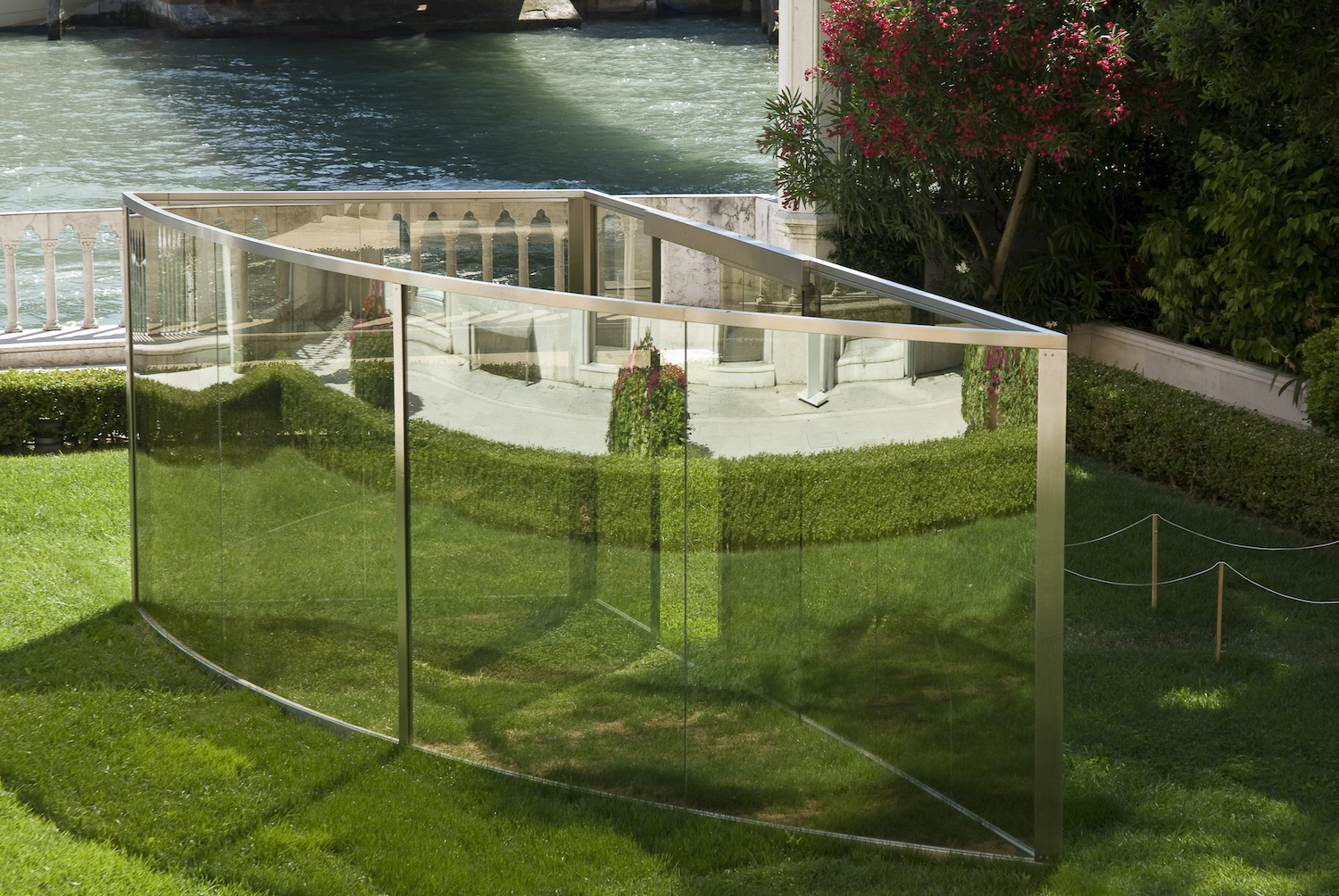
Violaine Boutet de Monvel: Shall we start with your exhibition “Beyond” at LA MOCA [from February 15 through May 25, 2009. The exhibition will nationally tour to the Whitney Museum of American Art, New York and the Walker Art Center, Minneapolis], which happens to be your first retrospective in the United States. How do you feel about this?
Dan Graham: I’m very happy because I initiated it myself. Paul Schimmel, the chief curator at LA MOCA who I proposed the show to, did an amazing show of Chris Burden and another one about performance in America. I feel the best artists in America live in Los Angeles, so it’s great that I’m showing there.
VBM: Let me ask you about the survey of your retrospective. Is it going to include some pavilions?
DG: My pavilions generally don’t work inside, but I have a few that do. One is the Triangular Pavilion with Circular Cut-Out (1989-2000). It has circular openings based on the Chinese moon gates. Another is the Girl’s Make-Up Room (1988-2000) for girls who want to use make-up. It’s a curved and semi-circular two-way mirror glass so you can see an anamorphic reflection of yourself. It also provides small make-up mirrors that have a fish-eye lens. So there are a lot of optical possibilities and it’s very controversial as whereas the boys should use the make-up too. The other piece that works inside is the Interior Design for Space Showing Videos (1986), where people can lay down on cushions and watch the videos that are on. It’s a fairly dark place. It’s like going to the movie theater only you can stay as long as you want.
And finally I have the Heart Pavilion (1991). It is designed as a romantic meeting place because I think museums, as you enter them, are romantic meeting places, places where you can pick up a partner if you want. So these are the inside pavilions for the retrospective. The Heart Pavilion of course is at the entrance.
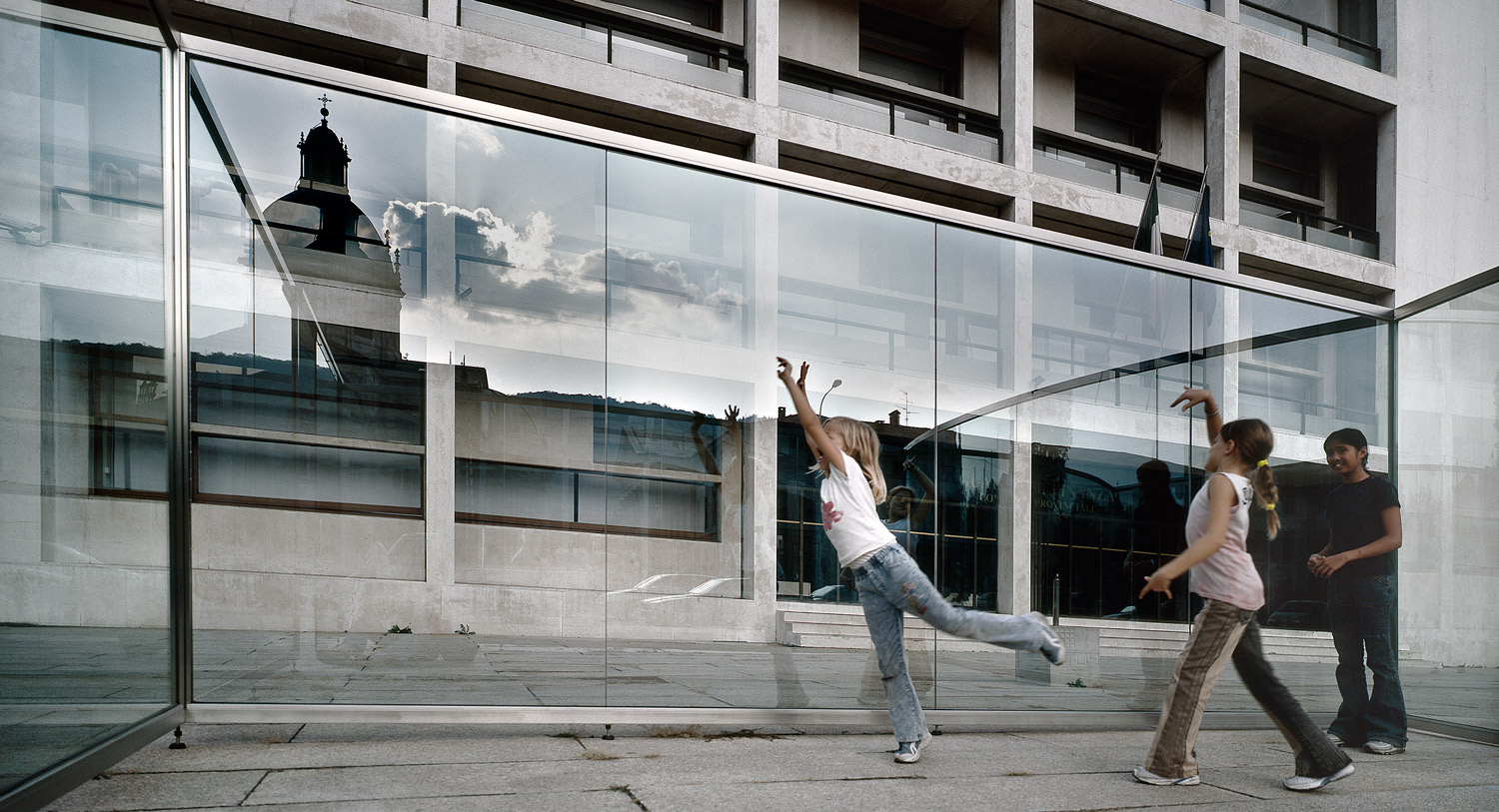
VBM: Does the retrospective include video as well?
DG: I’m showing many maquettes and along with them I’m showing realizations of pavilions on videos. It’s the same kind of format that I used for the show at the ARC in Paris in 2001. There are also videos of documented performance works, and only one time-delay installation, the one that is owned by SFMOMA, Opposing Mirrors and Video Monitors on Time Delay (1974-93). I tried to take as much work as possible from American collections.
VBM: Tell me more about the architectural form of your pavilions. What’s the way you get them involved within urban scapes or landscapes?
DG: My pavilions are very site specific. They also involve the clichés of the city. The material of two-way mirror glass was first used in the ’70s in America because of the drop of gas prices, when Jimmy Carter said that we shouldn’t use extra energy. So the outside of typical glass buildings from the ’70s becomes one-way mirror because it gets the light. It gives insulation and cuts down on air conditioning costs. It’s also about surveillance, because people inside can see outside without being seen. The outside just reflects the sky. So what I do is that the sunlight is on both sides of the two-way mirror glass, so people can see each other wherever they stand. In other words, it undermines surveillance and power use of the material.
I did a lot of things in gardens in the ’80s because many museums were in parks. But for the retrospective, you only see that in videos because we didn’t have any possibilities to do outdoor pieces.
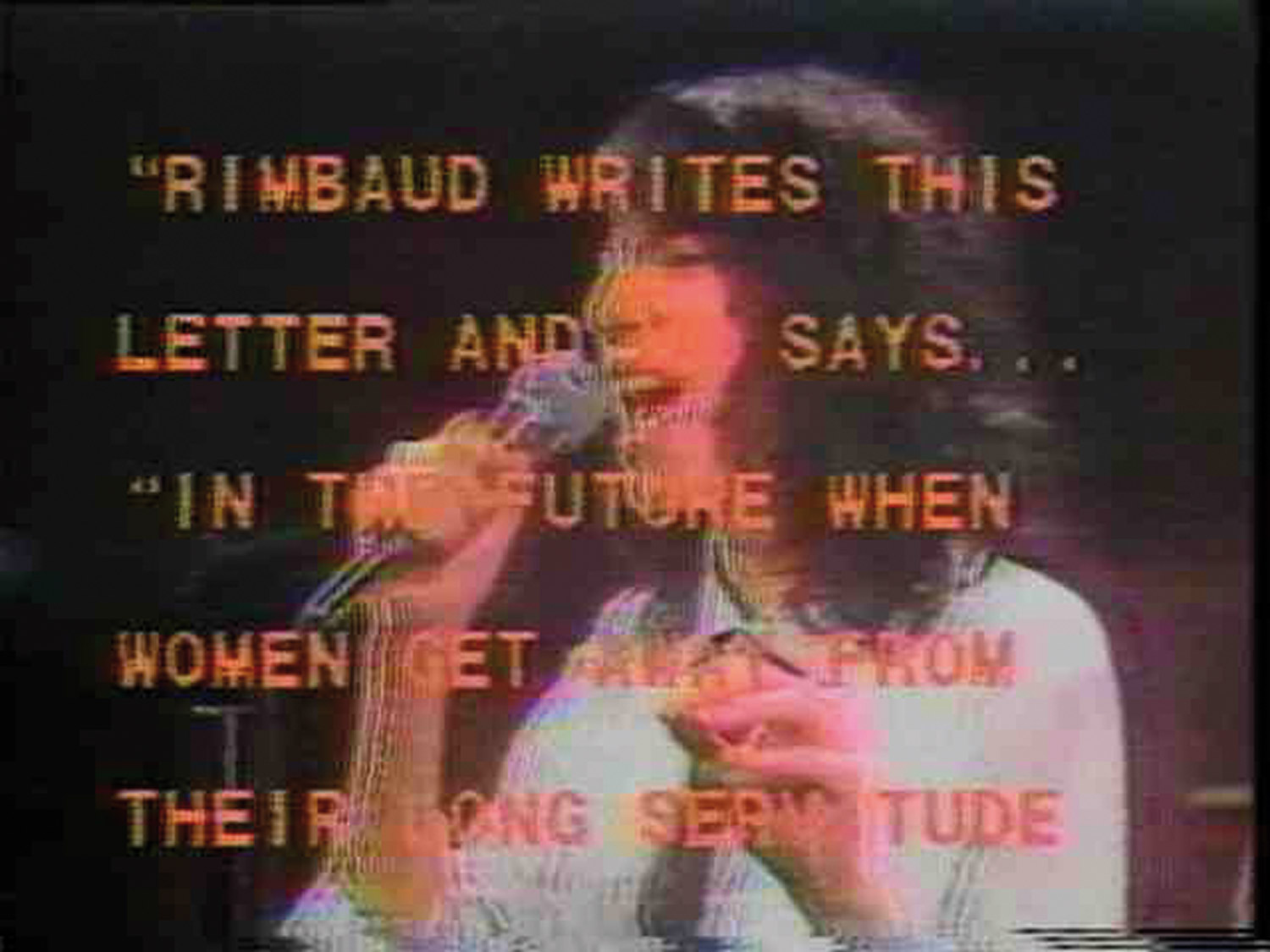
VBM: How do you conceive the spectator’s involvement within your pavilions? Do you think of your architectures as transforming the spectators’ perception of themselves and their surroundings?
DG: I think people are familiar with the materials but they’re not familiar with the psychological or social interaction within these architectures. In my pavilions, people can observe and be observed at the same time. It’s a little like going back to Impressionism. Edouard Manet’s A Bar at the Folies-Bergère is about people observing other people observing them. When I was 14 I read a little bit of Jean-Paul Sartre, Being and Nothingness, the section where he talks about the mirror stage and the gaze. Maybe this fascinated me because it related to my own sense of myself as a child just perceiving the world.
VBM: What importance do you give to the pre-existing architectures or urban scapes in which you insert your pavilions? I have in mind works like Waterloo Sunset (2003) at Hayward Gallery in London or From Boullée to Eternity (2006) at the tramway station Porte de Versailles in Paris.
DG: When you’re inside the piece Waterloo Sunset, which is an elliptical two-way mirror glass pavilion, you can see the financial district in London. And all the new buildings there are ellipses. The ellipse is an architectural form of the ’90s. For the tramway station in Paris I was really thinking of neo-classicism, as in the work of French architect Etienne-Louis Boullée, who made a project to renew the Palace of Versailles before the Revolution. And also when I did the Children’s Pavilion (1989) with Jeff Wall, it was originally going to be done in Parc de la Villette and I was relating then to the observatory, the Géode. My work really has to do with observing. It observes the sky but also people themselves at the same time.
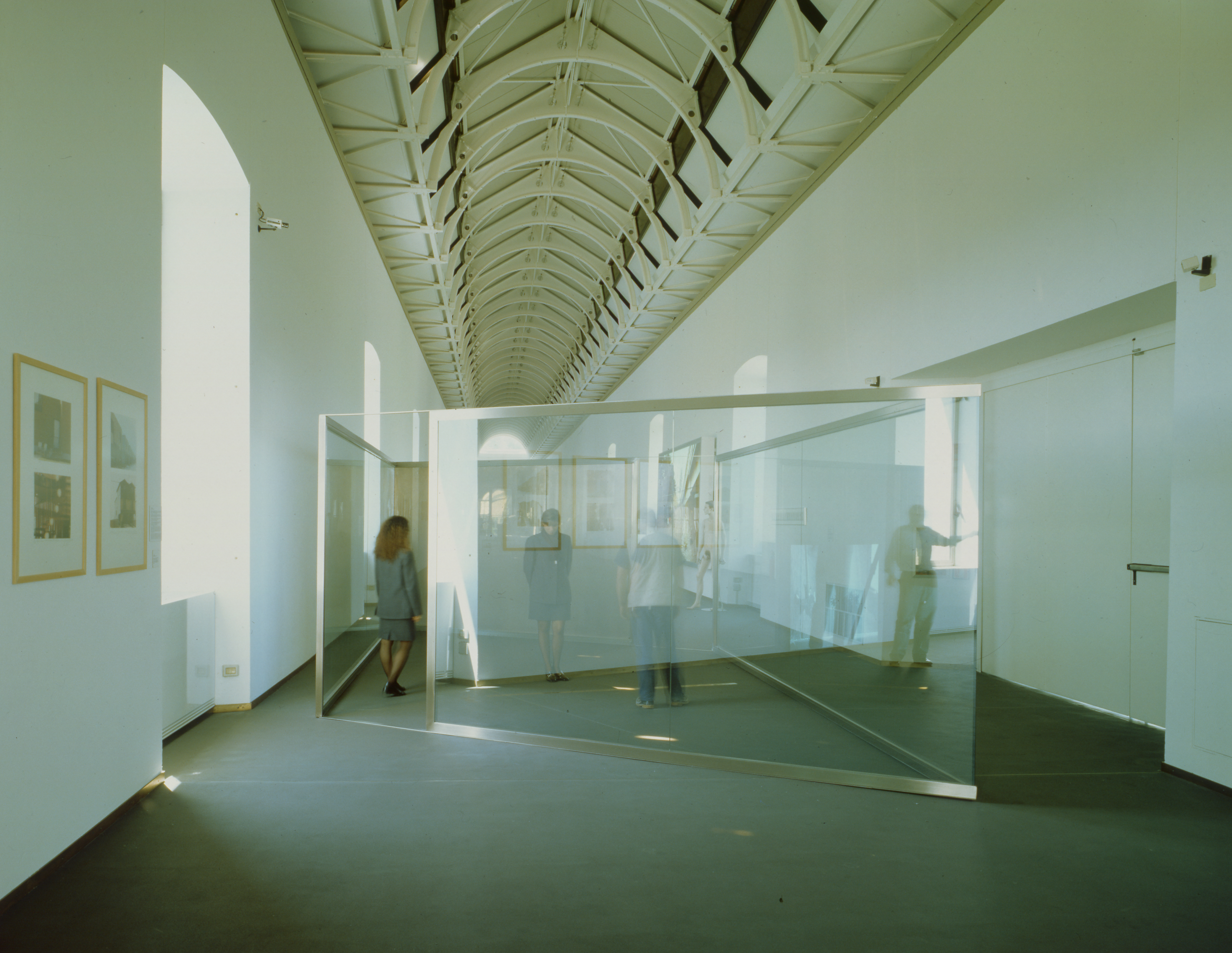
VBM: When you start to think of a new pavilion, do you have a specific site in mind?
DG: I have a notebook where I collect ideas for pavilions. I usually change my original ideas to fit the sites where I’m invited to create a pavilion. And as I design the pieces with architects, I make changes with them as well. I think many architects process the same way. They keep notebooks full of ideas.
VBM: And then they adapt them to the sites.
DG: Yes. Although the park is a place that I often keep in mind when I think of a new pavilion. I think the park is a good place because there you have a diverse group of spectators enjoying your work. Plus my work is highly involved with sunlight, the changing sky. This is why for the pavilion I created for Dia Art Foundation in New York I wanted the roof. This rooftop piece, Two-Way Mirror Cylinder Inside Cube and Video Salon (1992), was designed for performances. They took it down about five years ago and it was up for about twelve years.
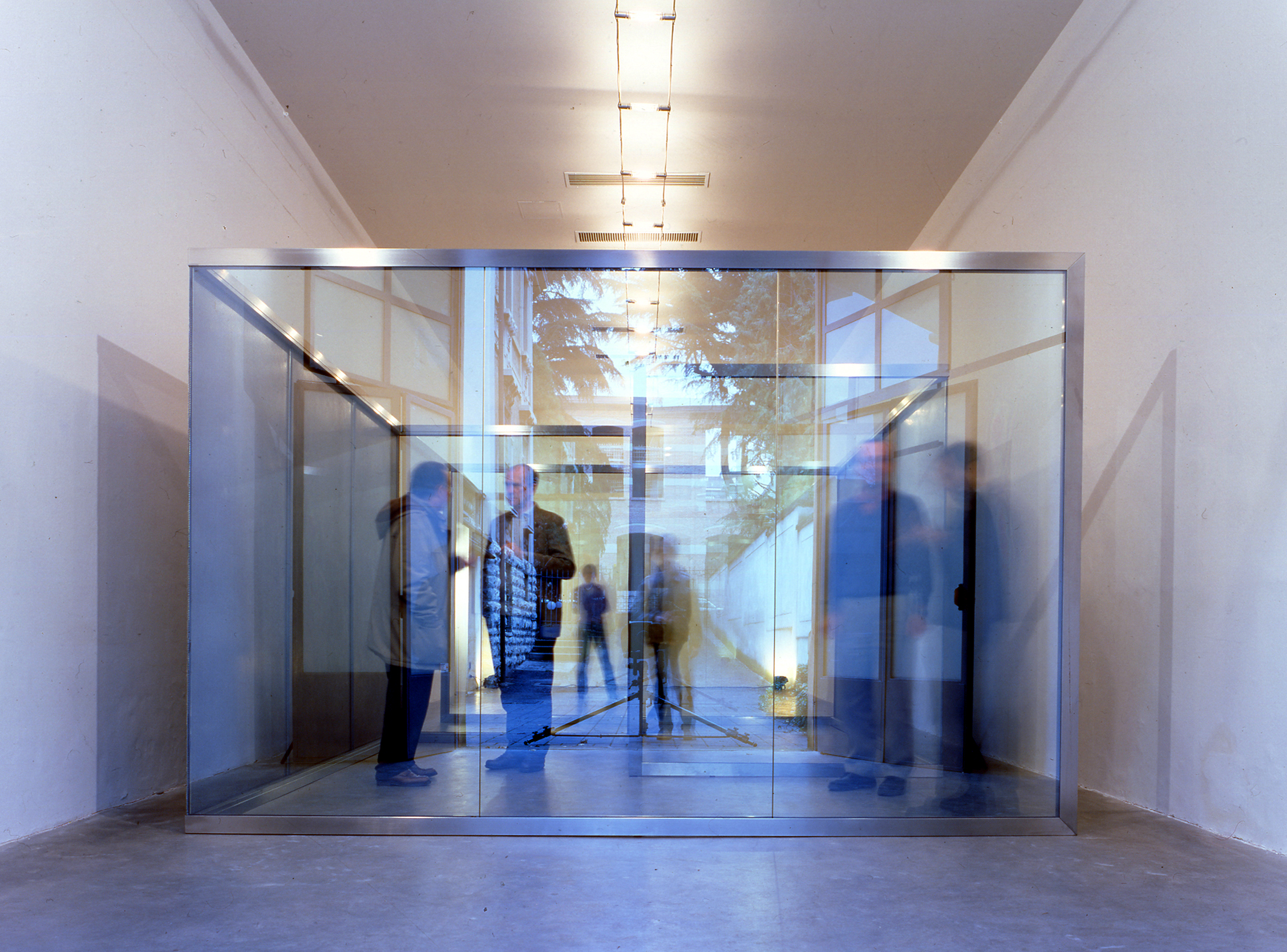
VBM: How long do you intend your pavilions to last, to remain installed in the sites for which they were first designed?
DG: Everything changes. It happens with pieces that go to museums or private collections. The replication of the original situation in museums doesn’t have the same power. Also I’ve noticed that the cibachrome is fading in one of my favorite works, the Double Exposure (1995-2003) piece, which is installed in a garden in Porto at Serralves Foundation. So after ten years, they’ll have to replace the cibachrome through which you look at the landscape. For most of my works, you have to replace the glass, the cibachrome, but hopefully they’ll remain installed in the original sites.
VBM: So the final destination of your pavilions is obviously the outside, not the museum?
DG: Yes, but again some of my pavilions work inside museum situations. I think the museum is always changing, historically. I have a great disagreement with Daniel Buren’s idea of the fixed museum, which I think is a Cartesian idea. In my article “Garden as Theater as Museum,” I talk about the first museums being the Renaissance gardens. I think in the ’90s the museums had a lot to do with education programs. That’s why I did Waterloo Sunset, which is a space where children can watch cartoons. I also think that the lobby in the museums is very important, because that’s where romantic meetings take place. The function of the museum is always changing. I’m not against the architects who conceive museums. I’d like to work with them.
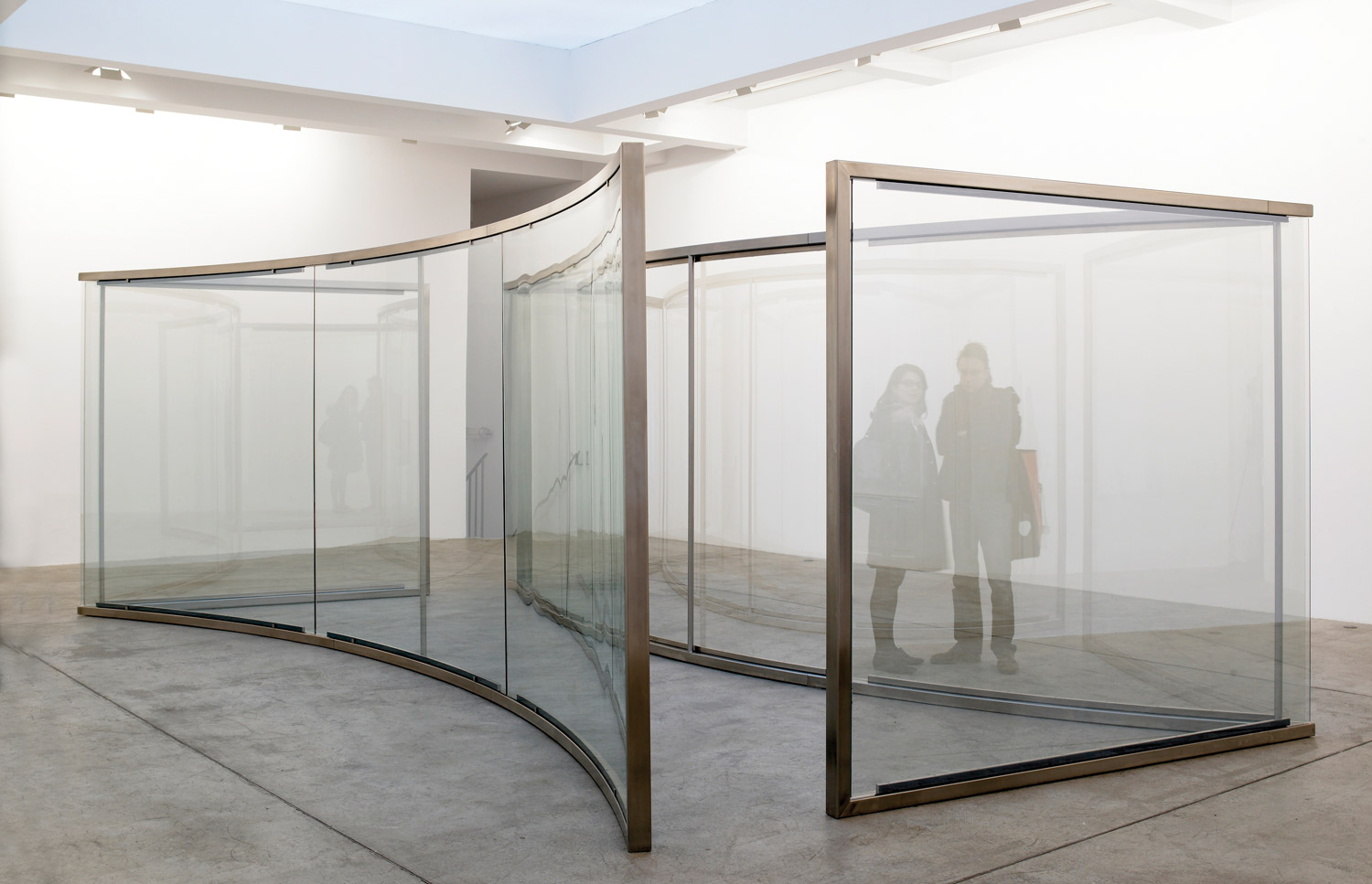
VBM: How did you pass from closed-circuit video systems to mirror pavilions? Is there a link between live and delay you produced with closed-circuit video in the ’70s, and reflection and anamorphosis you produce with mirrors since?
DG: When artist and friend of mine Rodney Graham saw Public Space Two Audiences (1976), which is the first piece I did without time delay, he realized it was about time. I think the time delay in videos relates very much to some of the pavilions, because in the pavilions the spectator walks around and experiences the work in a kind of time. And I think my work has become more baroque, because it has the sense of people walking through it. The time is passing when you see the clouds and the sky change. So there is a definite relationship between the two. Also with two-way mirror pavilions I’m using the material of modern office buildings. And I think closed-circuit video was related to the modern city as well.
VBM: You used to be classified among minimalist video artists. What is your relationship to Minimalism considering now you tell me that you feel close to Baroque?
DG: I had to break with Minimalism. One thing about it though is that it was very diverse. Sol LeWitt’s work is deeply about humor. He said his grids were jungle gyms for his cats. And Dan Flavin’s work really comes from American painting, Hudson River School, which is about light. Anyway, I think Minimal Art was about objectivity whereas I went back to my early reading of Sartre and made my work about the spectators themselves. There was always an element in Minimal Art, but it’s not looked at that way. I have to say also, the drug culture influenced me. I sometimes psychedelicize things in the minimalists.
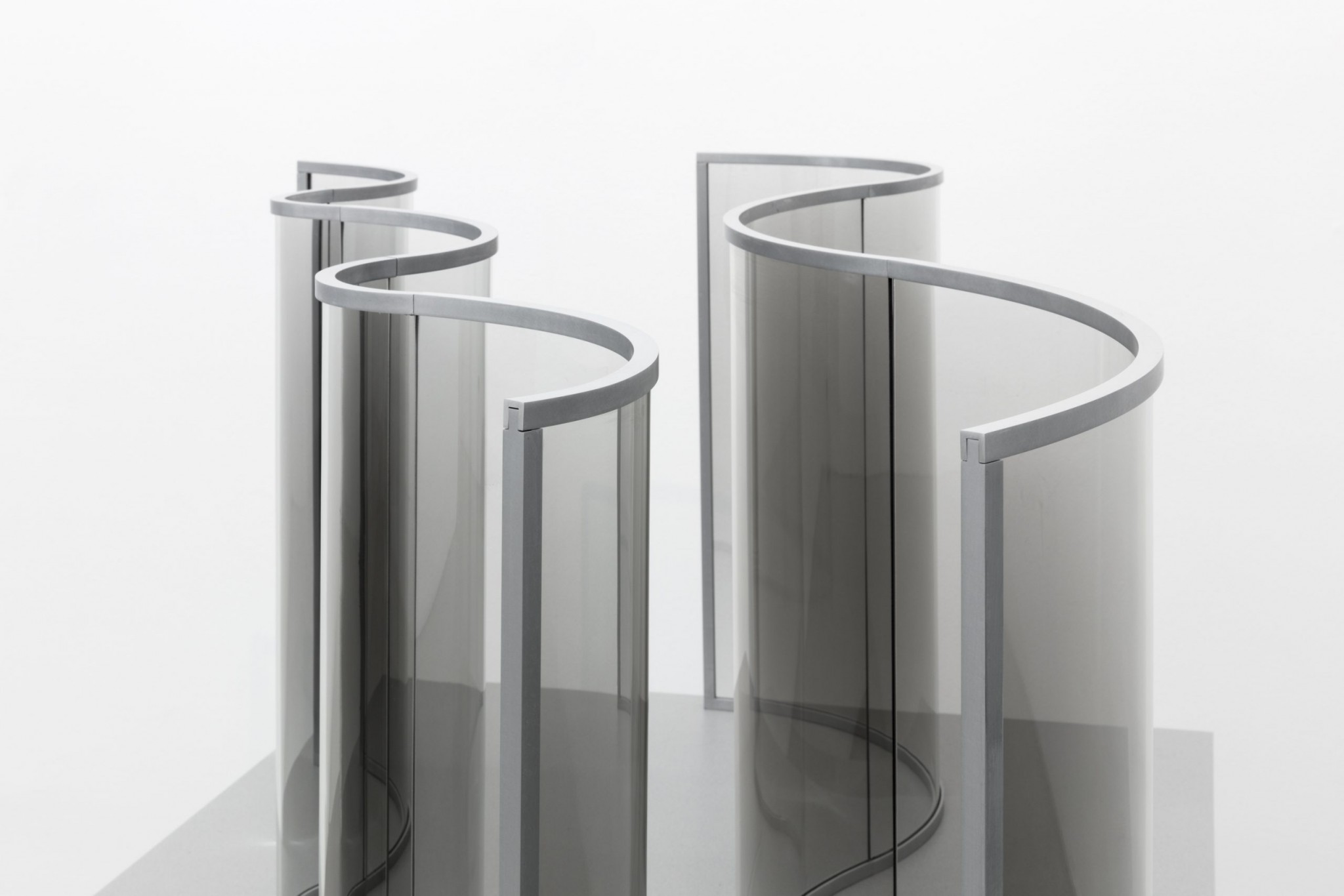
VBM: What is the place of video in your creation today?
DG: I got out of video because I never had any money. What I don’t like about some artists now is that they’re just spending enormous amount of money to make spectacle. And also I’ve moved along. I only use them for lectures and sometimes installations. I, myself, don’t make videos.
VBM: I am actually really interested in the way you speak and comment on your pavilions in the documentation videos that you use for lectures, for example the video Six Sculpture/Pavilions for Pleasure you made in 2000. You’ve really got a flow to your commentary and sometimes you change your train of thought in a snap. Because it’s hard to interrupt, I think it really gets the audience to listen. Is this the kind of documentation you’re using for the retrospective?
DG: Yes. I think the funniest thing I have is of the Yin/Yang Pavilion (1997-2002), which is installed in the building designed by Steven Holl for a dormitory at MIT. The Yin side is a pond and the Yang side is white stones, a little like a Zen garden but without the rocks.
It’s kind of a simplistic parody of new age religious art of the ’90s, which is what I suggest and make fun of in my commentary.
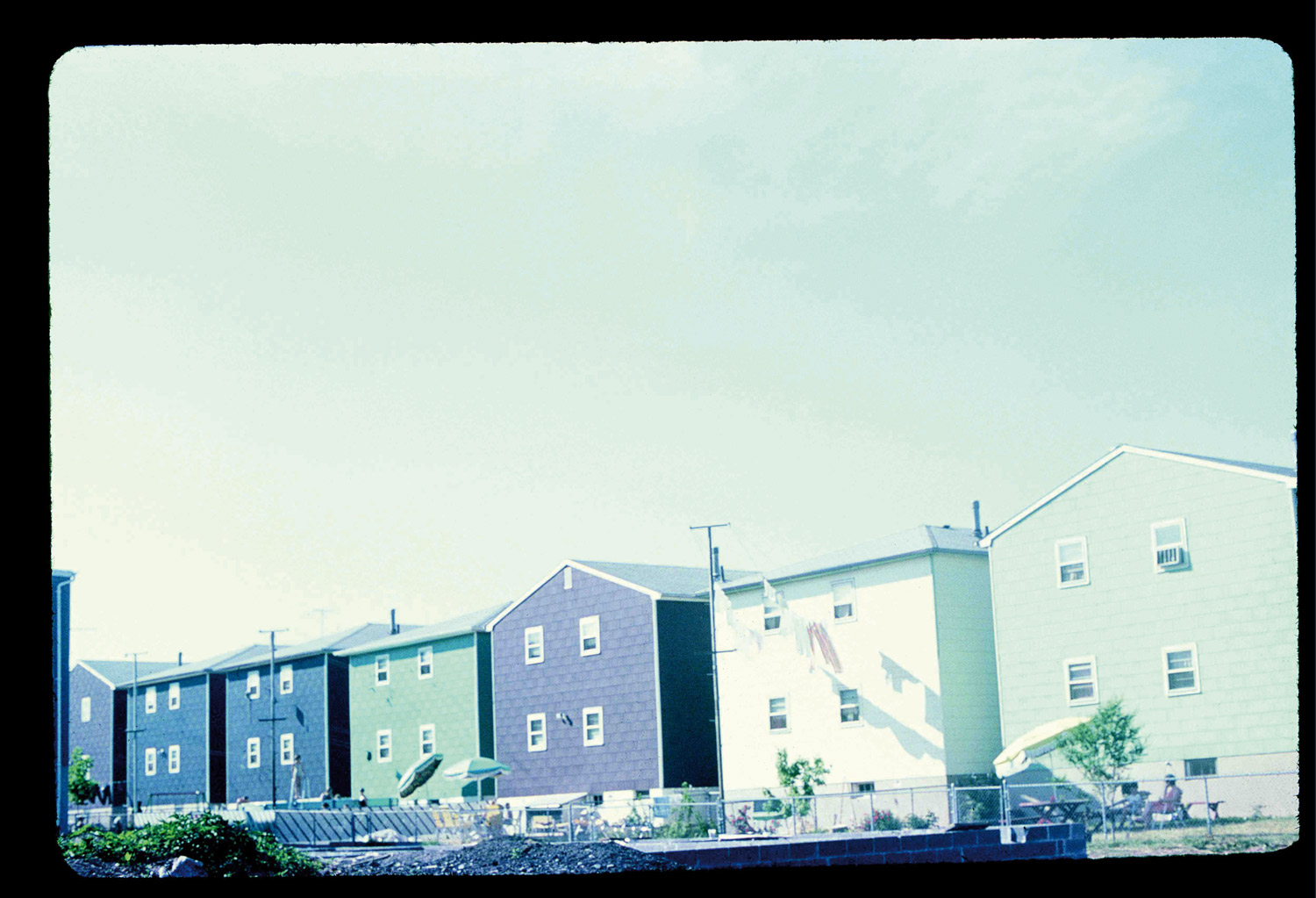
VBM: You seem to not especially appreciate current video and film practices within contemporary art, which is definitely now concerned with cinema, in a theatrical sense. I was wondering if it had something to do with the loss of immediacy.
DG: No, it’s just that I don’t like video that is spectacle. I think it should be downscaled, closer to a television or a living-room situation. The works that I’ve seen featured in museums are always about big spectacle, large screenings. It seems now that all the artists want to make big films.
In the retrospective catalogue, that I designed myself, there is an interview with Rodney Graham, who deals with spectacle in a very humorous way I think. And there is also an interview that I did for an exhibition called “The Early Show” in 2006 where I talk about early video pioneers and Radical Software. One thing that is new about the retrospective and that I didn’t do in the exhibitions in Europe, is that I have a room where I show slides of all the works and artists that influenced me.
VBM: Could you name a few?
DG: From Los Angeles, Michael Asher and Larry Bell (who was first into two-way mirror glass). Then also Bruce Nauman, Michael Snow, Dan Flavin, Claes Oldenburg… And some architects, of course.

